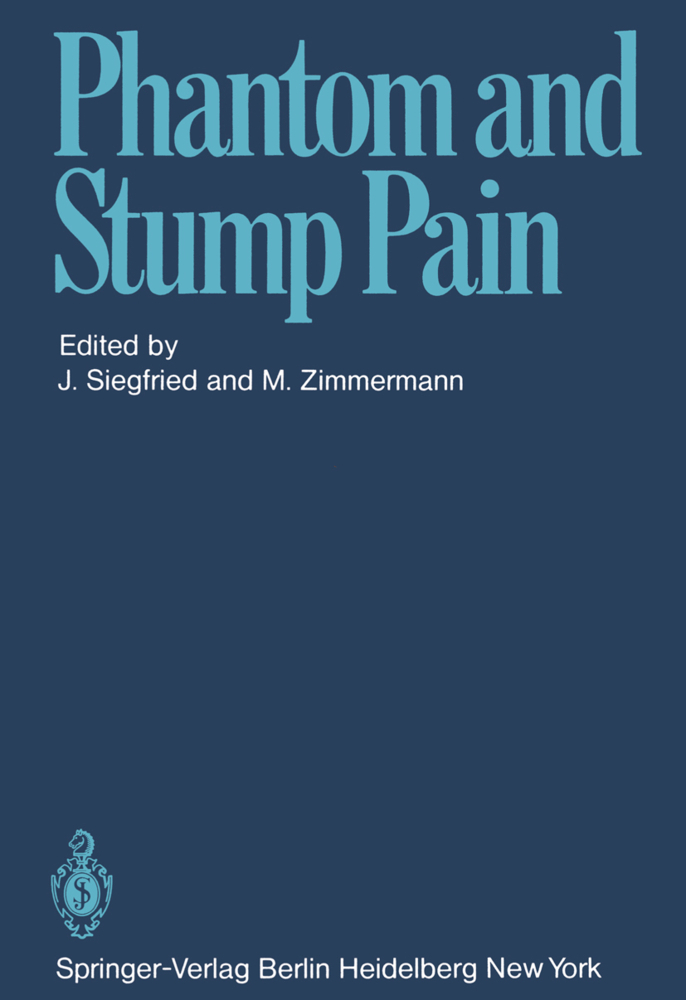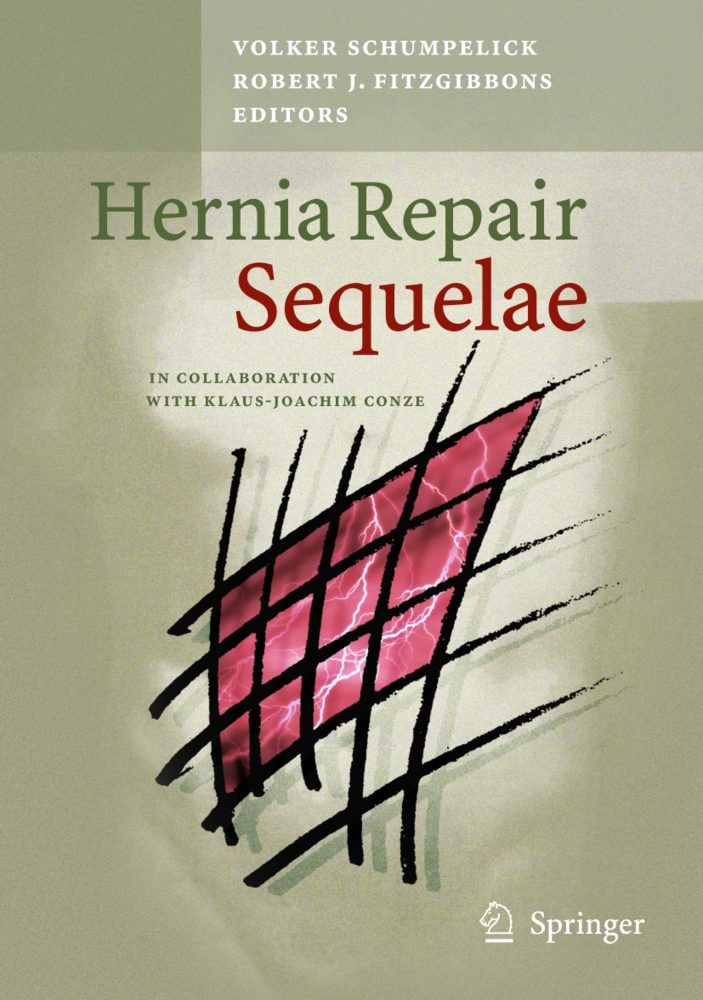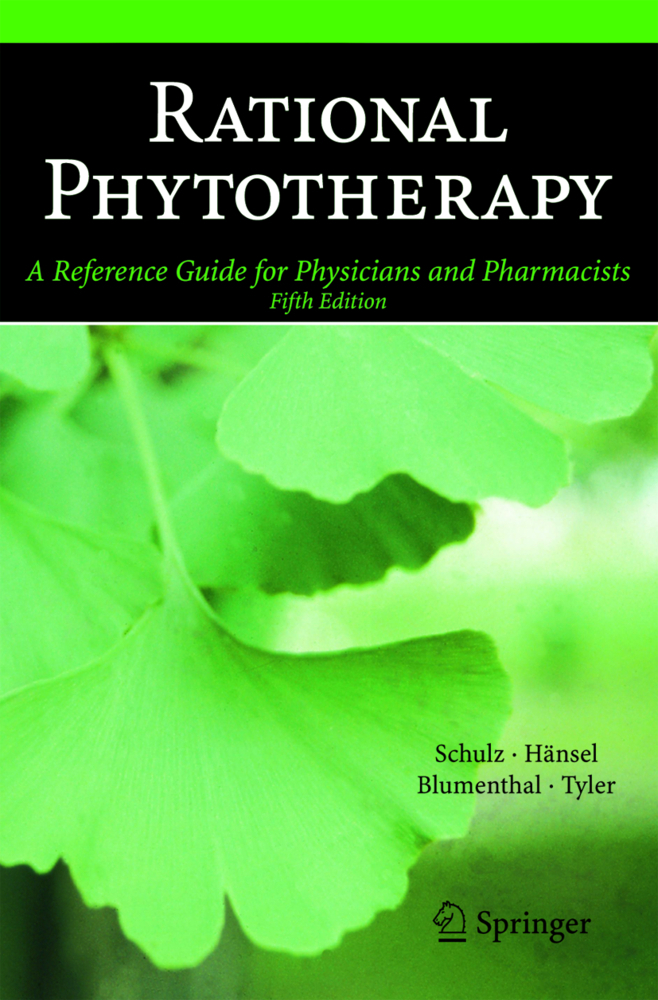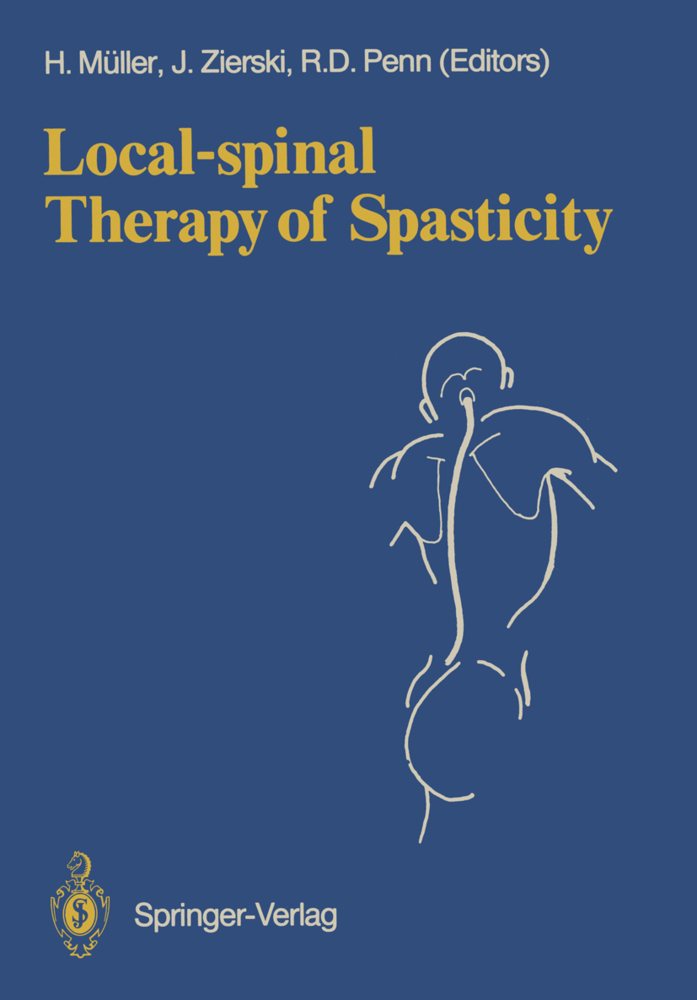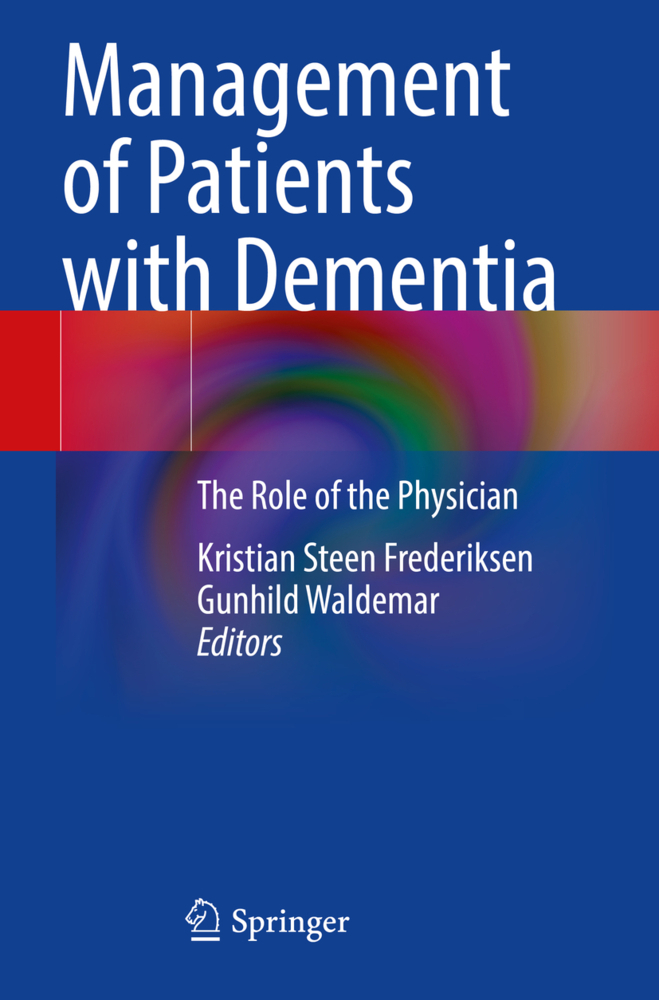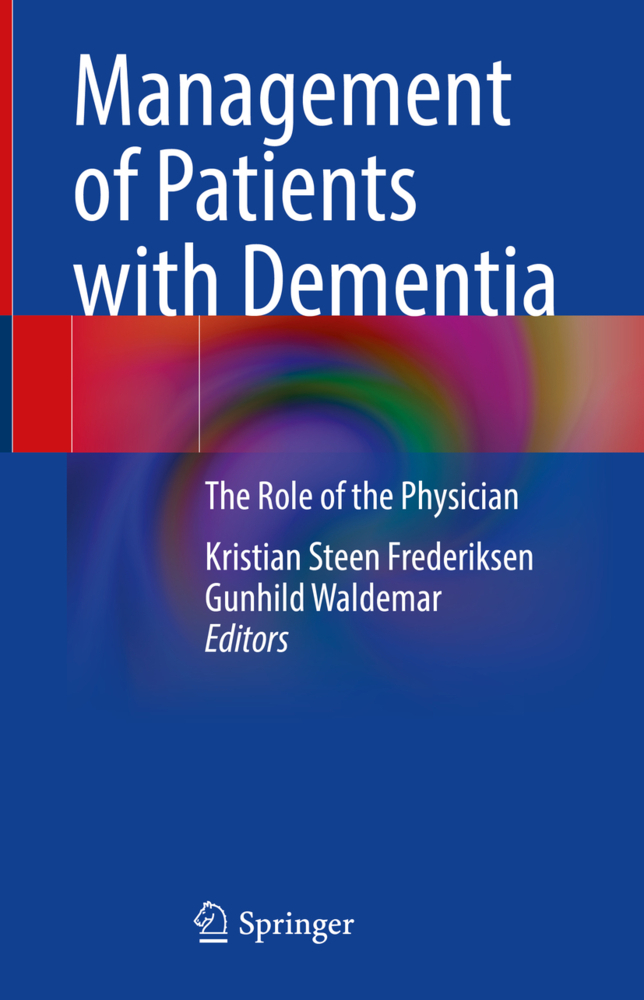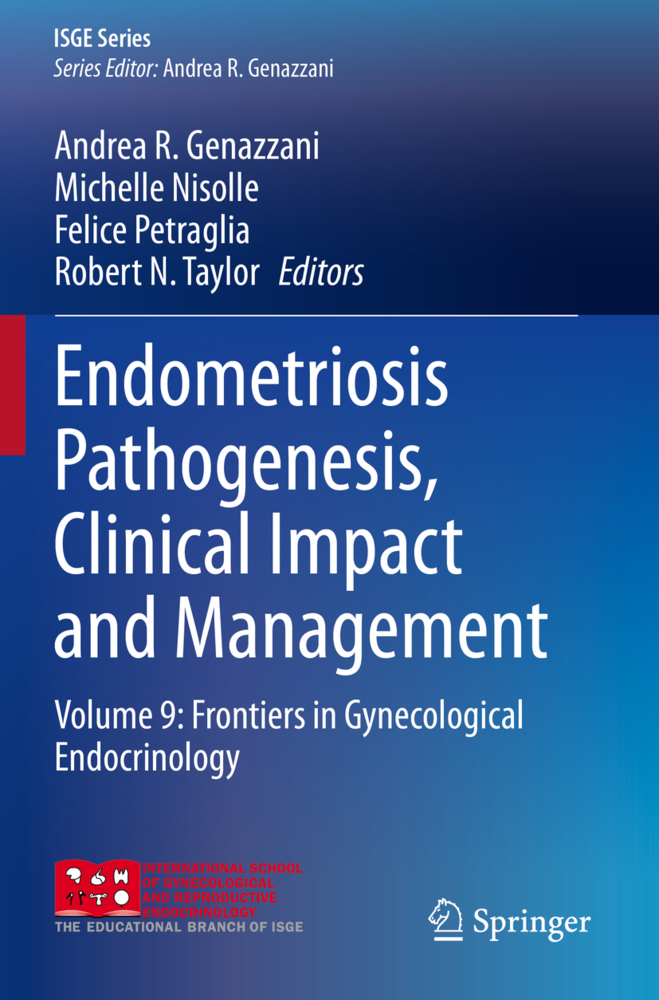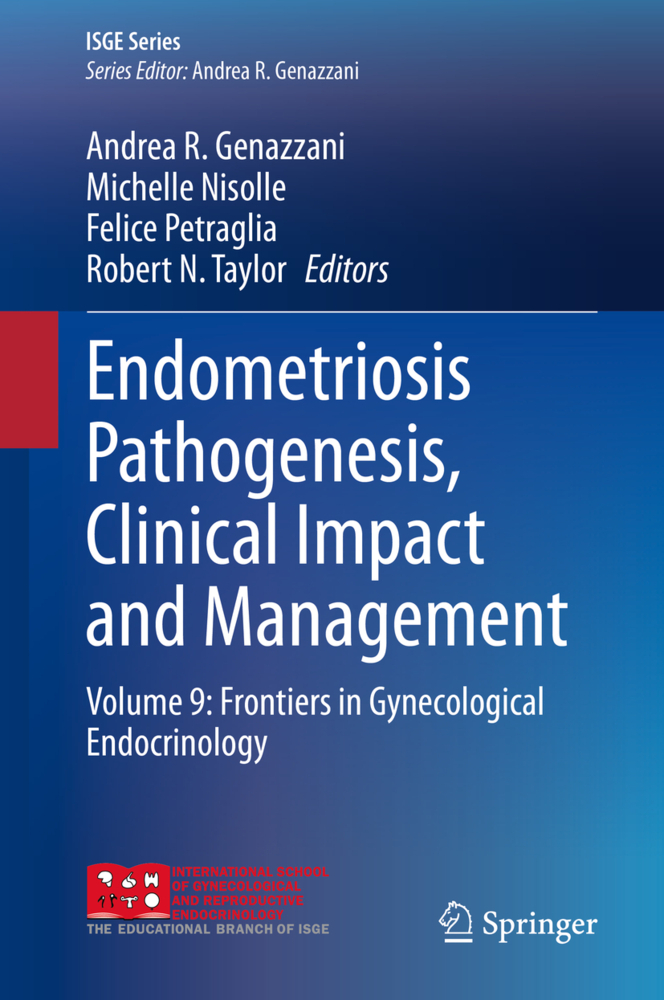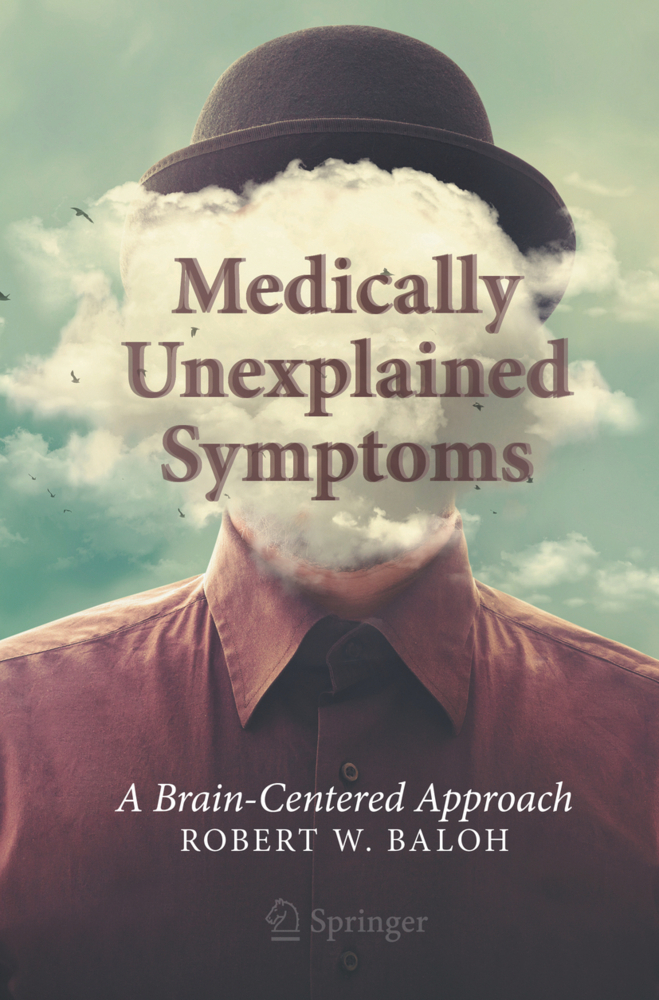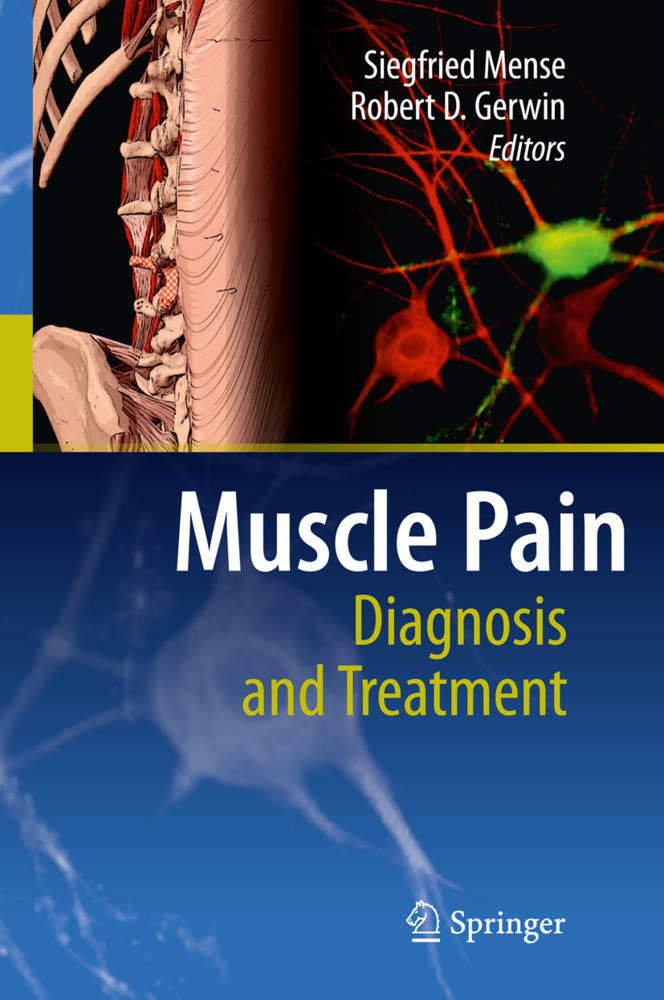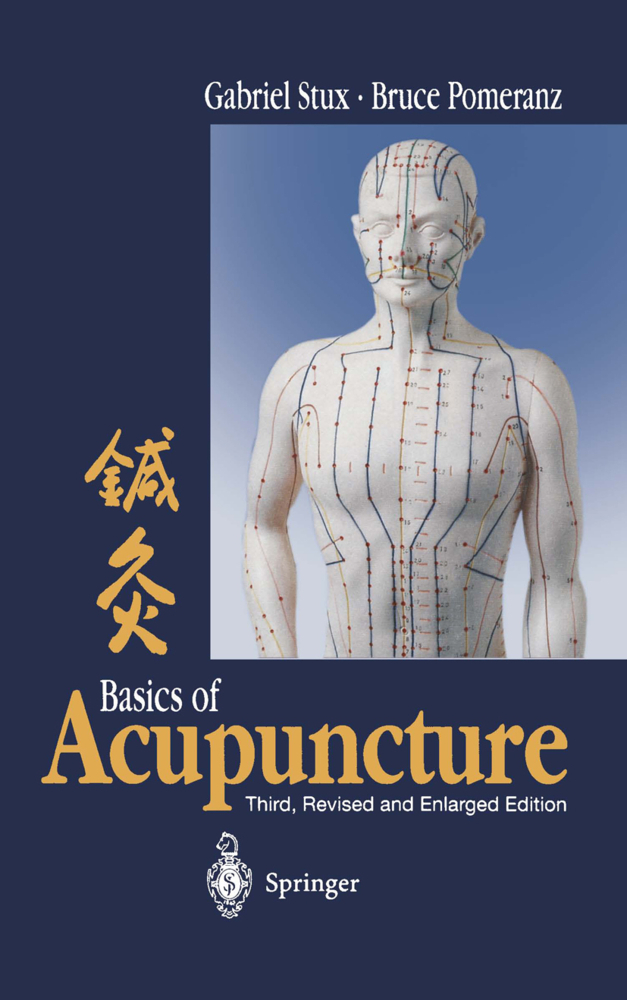Phantom and Stump Pain
Phantom and Stump Pain
The phenomenon of phantom limb was described in medical literature at least as early as 1545 by Ambroise Pare, according to the notes in the translation of Lemos' dissertation, "On the Continuing Pain of an Amputated Limb", by Price and Twombly [9]. This strange experience was brought to public attention by a popular essay anonymously published 1866 by Mitchell concerning the story of George Dedlow, a quadriamputee who described his invisible limbs [7]. In 1871 Mitchell wrote under his own name, and was the. first to use the term "phantom limb" [8]. In this work, he also corrected some erroneous beliefs that had arisen from his 1866 essay [13]. Most amputees report feeling a phantom limb almost immediately after amputation of an arm or a leg [11]. It is a positive sensation, usually described as tingling or numbness, which is not painful. The most distal parts of the limb, particulary the digits, thumb, and index, are the strongest and most persisting phantom sites, and may be the only parts to appear even after removal of a whole limb. The elbow or knee is sometimes involved, the forearm or lower leg rarely, and the upper arm and thigh almost never [5]. The phantom thus appears to consist predominantly of those parts which have the most extensive representa tion in the thalamus and in the cerebral cortex.
Neurophysiological Analysis of Efferent Sympathetic and Afferent Fibers in Skin Nerves with Experimentally Produced Neuromata
Somatosensory Evoked Potentials in Above-Knee Amputees with Phantom and Stump Pain
II. Psychophysiological and Clinical Aspects
Clinical and Neurophysiological Findings-in Above-knee Amputees: A Synopsis
The Phenomenology of Postamputation Pain
Phantom Sensations After Amputation: The Importance of Localization and Prognosis
Phantom Sensations (Phantom Arm) in Plexus Paralysis
Phantom Illusions in Spinal Cord Lesions
Phantom Limb Pain in Arterial Occlusive Disease
Phantom Tooth Phenomenon: Painless and Painful Sensations
Phantom Tooth
The Analysis of Personality Factors in the Prediction of Phantom Limb Pain
III. Medical Treatment
Drug Treatment of Phantom and Stump Pain
Treatment of Phantom Pain by Transcutaneous Stimulation of the Stump, the Limb Contralateral to the Stump, and the Other Extremities
Transcutaneous Electrical Nerve Stimulation in Postamputation Pain
Transcutaneous Electrical Nerve Stimulation in the Treatment of Chronic Pain After Peripheral Nerve Lesions
Contralateral Local Anesthesia for the Treatment of Postamputation Pain
Rehabilitation of Elderly Amputees: Stump and Phantom Pain
IV. Surgical Treatment
Surgical Stump Revision as a Treatment of Stump and Phantom Pains: Results of 100 Cases
Centrocentral Anastomosis of Peripheral Nerves: A Neurosurgical Treatment of Amputation Neuromas
The Effects on Pain of Reconstructive Neurosurgery in 160 Patients with Traction and/or Crush Injury to the Brachial Plexus
Neurosurgical Treatment of Phantom Limb Pain: A Survey of Methods
Thermocoagulation of the Substantia Gelatinosa for Pain Relief - (Preliminary Report)
Treatment of Phantom and Stump Pain with Controlled Thermocoagulation of Amputation Neuroma
Spinal Cord Stimulation in Postamputation Pain
Programmed Transcutaneous and Central Stimulation for Control of Phantom Limb Pain and Causalgia: A New Method for Treatment.
I. Neurobiological Basis
On the Origin of Pain Associated with AmputationNeurophysiological Analysis of Efferent Sympathetic and Afferent Fibers in Skin Nerves with Experimentally Produced Neuromata
Somatosensory Evoked Potentials in Above-Knee Amputees with Phantom and Stump Pain
II. Psychophysiological and Clinical Aspects
Clinical and Neurophysiological Findings-in Above-knee Amputees: A Synopsis
The Phenomenology of Postamputation Pain
Phantom Sensations After Amputation: The Importance of Localization and Prognosis
Phantom Sensations (Phantom Arm) in Plexus Paralysis
Phantom Illusions in Spinal Cord Lesions
Phantom Limb Pain in Arterial Occlusive Disease
Phantom Tooth Phenomenon: Painless and Painful Sensations
Phantom Tooth
The Analysis of Personality Factors in the Prediction of Phantom Limb Pain
III. Medical Treatment
Drug Treatment of Phantom and Stump Pain
Treatment of Phantom Pain by Transcutaneous Stimulation of the Stump, the Limb Contralateral to the Stump, and the Other Extremities
Transcutaneous Electrical Nerve Stimulation in Postamputation Pain
Transcutaneous Electrical Nerve Stimulation in the Treatment of Chronic Pain After Peripheral Nerve Lesions
Contralateral Local Anesthesia for the Treatment of Postamputation Pain
Rehabilitation of Elderly Amputees: Stump and Phantom Pain
IV. Surgical Treatment
Surgical Stump Revision as a Treatment of Stump and Phantom Pains: Results of 100 Cases
Centrocentral Anastomosis of Peripheral Nerves: A Neurosurgical Treatment of Amputation Neuromas
The Effects on Pain of Reconstructive Neurosurgery in 160 Patients with Traction and/or Crush Injury to the Brachial Plexus
Neurosurgical Treatment of Phantom Limb Pain: A Survey of Methods
Thermocoagulation of the Substantia Gelatinosa for Pain Relief - (Preliminary Report)
Treatment of Phantom and Stump Pain with Controlled Thermocoagulation of Amputation Neuroma
Spinal Cord Stimulation in Postamputation Pain
Programmed Transcutaneous and Central Stimulation for Control of Phantom Limb Pain and Causalgia: A New Method for Treatment.
Siegfried, J.
Zimmermann, M.
Baumgartner, R.
| ISBN | 978-3-540-11041-5 |
|---|---|
| Artikelnummer | 9783540110415 |
| Medientyp | Buch |
| Copyrightjahr | 1981 |
| Verlag | Springer, Berlin |
| Umfang | X, 188 Seiten |
| Abbildungen | X, 188 p. 27 illus. |
| Sprache | Englisch |

